Best Blackeyed Susan Companion Plants
Title: Best Black-Eyed Susan Companion Plants
Introduction:
Black-eyed Susans (Rudbeckia spp.) are a popular choice for gardens because of their bright yellow flowers and easy care. They are also relatively drought tolerant, making them a good choice for hot, dry climates. If you are looking to add some black-eyed Susans to your garden, you may be wondering what companion plants to choose. Here are some of the best companion plants for black-eyed Susans:
Main Content:
- Coneflowers: Coneflowers (Echinacea spp.) are another popular choice for gardens, and they make great companion plants for black-eyed Susans. They have similar growing requirements and bloom at the same time, so they will complement each other well in your garden. Coneflowers also attract beneficial insects, which can help to control pests that may damage your black-eyed Susans.
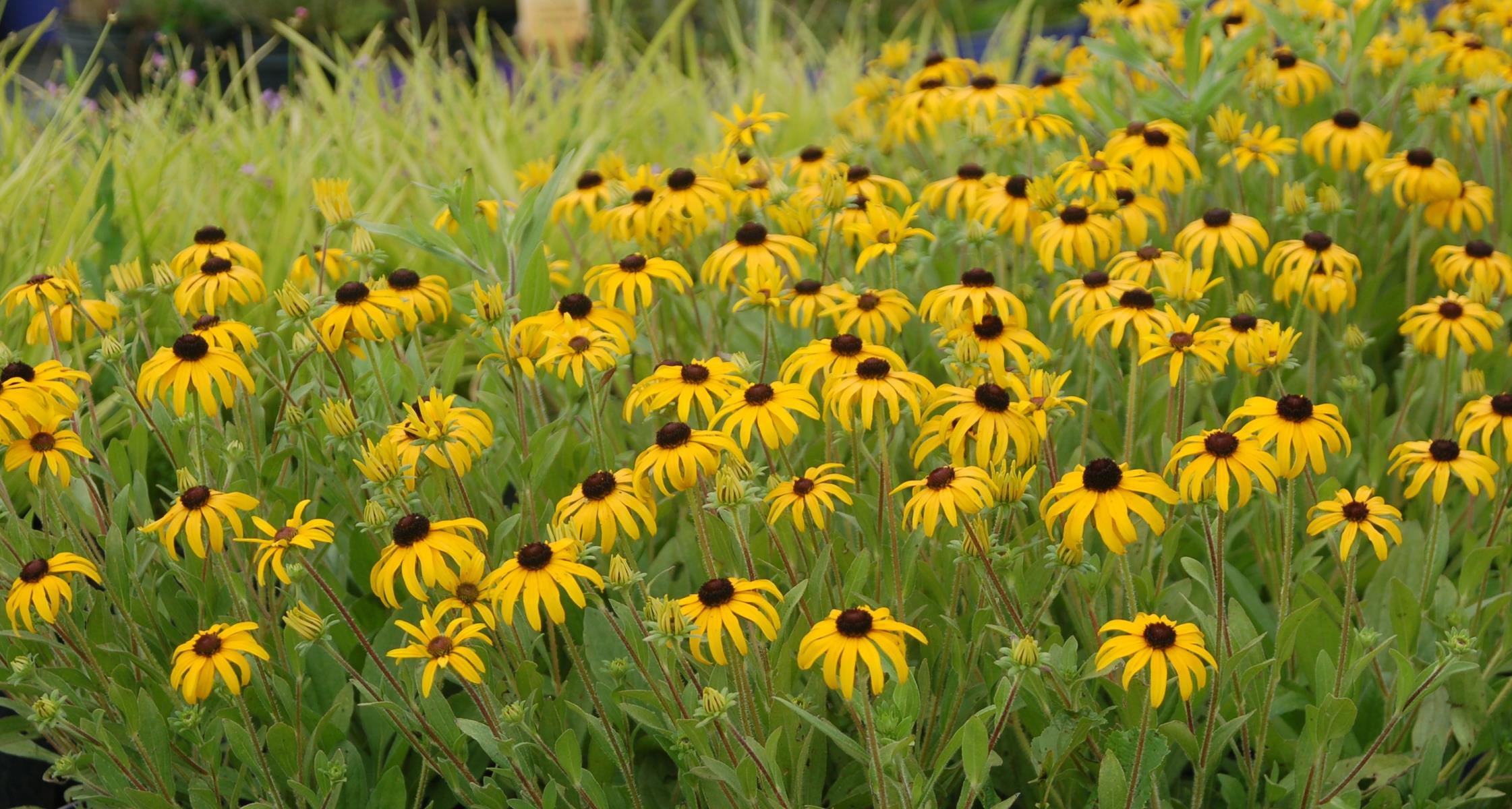
- Yarrow: Yarrow (Achillea millefolium) is a hardy perennial that is easy to grow and care for. It blooms in a variety of colors, including white, yellow, and red, so you can choose a variety that will complement the colors of your black-eyed Susans. Yarrow also attracts beneficial insects and deters pests, making it a good choice for companion planting.

- Bee balm: Bee balm (Monarda didyma) is a native North American wildflower that is known for its attractive flowers and fragrant foliage. It blooms in shades of pink, red, and purple, so it can add a splash of color to your garden. Bee balm also attracts beneficial insects, including bees and butterflies.
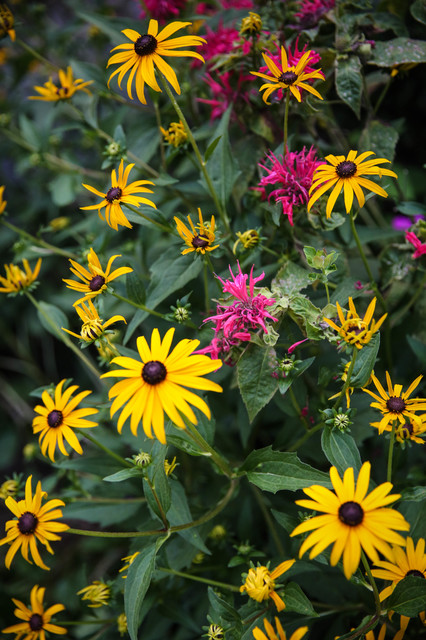
- Sunflowers: Sunflowers (Helianthus annuus) are tall, sunny plants that are sure to add a touch of drama to your garden. They bloom in late summer and fall, so they will provide color in your garden when other plants are starting to fade. Sunflowers also attract beneficial insects, such as butterflies and bees.
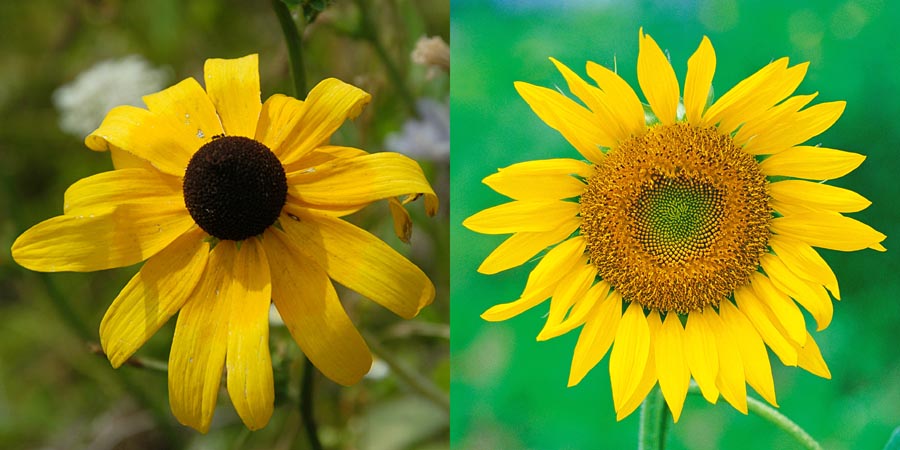
- Asters: Asters (Aster spp.) are a diverse group of plants that come in a variety of colors, including white, pink, purple, and blue. They bloom in late summer and fall, so they will provide color in your garden when other plants are starting to fade. Asters also attract beneficial insects, such as butterflies and bees.
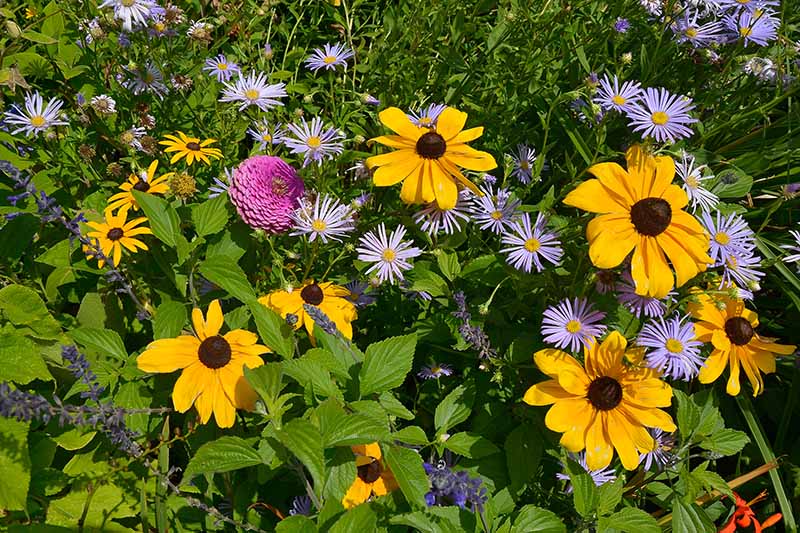
- Gaillardia: Gaillardia (Gaillardia pulchella) is a colorful wildflower that is known for its daisy-like flowers. It blooms in shades of orange, yellow, and red, so it can add a pop of color to your garden. Gaillardia also attracts beneficial insects, such as butterflies and bees.
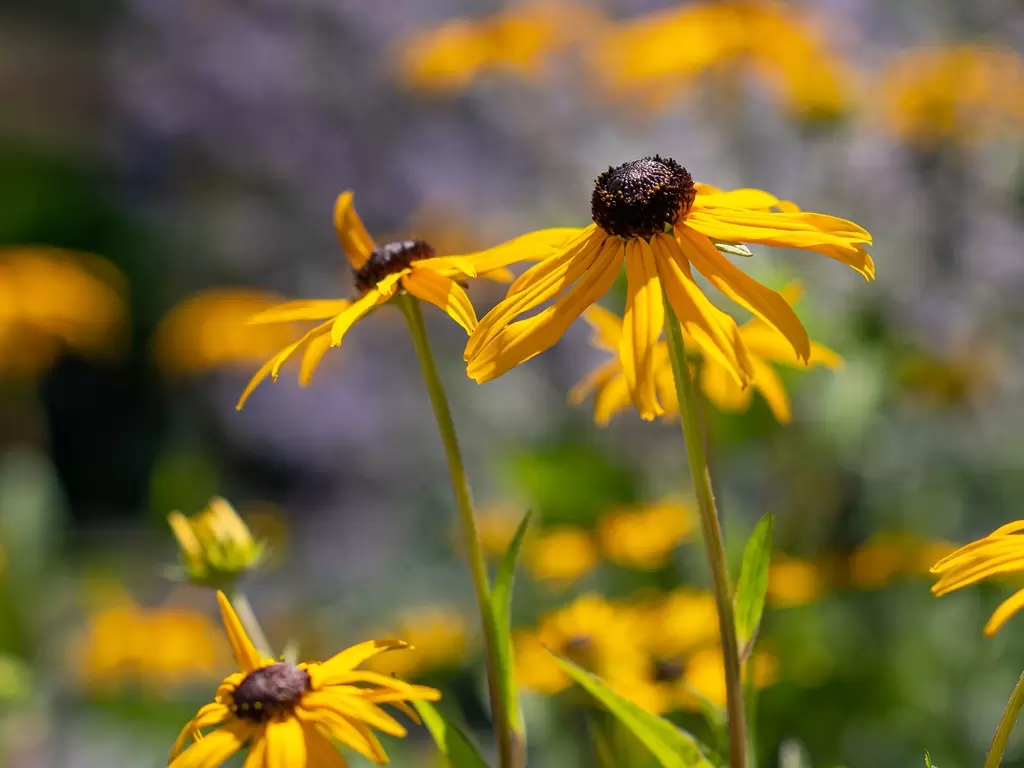
- Zinnia: Zinnias (Zinnia spp.) are colorful annuals that are easy to grow and care for. They come in a variety of colors, including yellow, orange, red, and purple. Zinnias bloom in summer and fall, so they will provide color in your garden for a long time.

Conclusion:
These are just a few of the many great companion plants for black-eyed Susans. When choosing companion plants, it is important to consider the plants' growing requirements, as well as their color and bloom time. By choosing the right companion plants, you can create a beautiful and thriving garden.
Black-eyed Susans are a beautiful and versatile flower that can add a splash of color to any garden. But did you know that there are certain companion plants that can help your black-eyed Susans thrive?
Some of the best black-eyed Susan companion plants include:
- Marigolds: Marigolds help to repel pests and attract pollinators, both of which can benefit black-eyed Susans.
- Yarrow: Yarrow is another great companion plant for black-eyed Susans. It helps to improve the drainage of the soil and attract pollinators.
- Coneflowers: Coneflowers have similar growing conditions to black-eyed Susans and can help to create a cohesive look in your garden.
- Zinnias: Zinnias add a pop of color to your garden and can help to extend the blooming season of your black-eyed Susans.
- Asters: Asters bloom in the fall, so they can help to extend the color in your garden after your black-eyed Susans have finished blooming.
To learn more about black-eyed Susan companion plants, visit this website: Home Gardening.
FAQ of black eyed susan companion plants
What are some good companion plants for black-eyed Susans?
Some good companion plants for black-eyed Susans include:
- Coneflowers
- Blanket flowers
- Yarrow
- Russian sage
- Salvia
- Agastache
- Michaelmas daisy
- Autumn Joy sedum
- Pansy flowers
- Bee balm
These plants have similar growing conditions and can help to deter pests and attract pollinators. For example, coneflowers and blanket flowers have similar heights and bloom times as black-eyed Susans, so they can help to create a continuous display of flowers in the garden. Yarrow and Russian sage are both tall plants that can help to provide structure and backdrop for the shorter black-eyed Susans. Salvia and agastache are both fragrant plants that can help to attract pollinators. Michaelmas daisy and autumn joy sedum are both late-blooming plants that can help to extend the flowering season in the garden. Pansy flowers and bee balm are both low-maintenance plants that can add a splash of color to the garden.
When should I plant black-eyed Susan companion plants?
You can plant black-eyed Susan companion plants in either the spring or fall. If you plant them in the spring, they will have time to establish roots before the hot summer weather arrives. If you plant them in the fall, they will have time to get a good start before the ground freezes.
How far apart should I plant black-eyed Susan companion plants?
The spacing requirements for black-eyed Susan companion plants will vary depending on the size of the plants. For example, you will need to space coneflowers and blanket flowers at least 18 inches apart, while you can space yarrow and Russian sage at least 24 inches apart. You can usually find the specific spacing requirements for a particular plant on the plant tag or in the plant's care instructions.
How do black-eyed Susan companion plants help each other?
Black-eyed Susan companion plants can help each other in a number of ways. For example, they can help to deter pests, attract pollinators, and improve the overall health of the plants.
Some plants, such as yarrow and Russian sage, have strong scents that can help to repel pests. Other plants, such as coneflowers and blanket flowers, have sticky foliage that can trap insects. Still other plants, such as salvia and agastache, attract pollinators, which help to pollinate the black-eyed Susans and other plants in the garden.
In addition to deterring pests and attracting pollinators, black-eyed Susan companion plants can also help to improve the overall health of the plants. For example, yarrow and Russian sage can help to improve the drainage of the soil, while coneflowers and blanket flowers can help to add nutrients to the soil.
What are some tips for choosing black-eyed Susan companion plants?
When choosing black-eyed Susan companion plants, there are a few things to keep in mind:
- Consider the size of the plants. Some black-eyed Susan varieties can grow quite tall, so you'll want to choose companion plants that are of a similar size.
- Consider the bloom time. You'll want to choose companion plants that bloom at the same time as black-eyed Susans or that bloom later in the season to extend the flowering display in your garden.
- Consider the sunlight and soil conditions. Black-eyed Susans prefer full sun and well-drained soil. Make sure to choose companion plants that have similar sunlight and soil requirements.
- Consider the color scheme. If you want to create a specific color scheme in your garden, you can choose companion plants that complement the colors of the black-eyed Susans.
Image of black eyed susan companion plants
10 different images of black eyed susan companion plants that are free to use:
- Zinnia: Zinnias are a great companion plant for black-eyed Susans because they have similar growing conditions and bloom at the same time. They also attract pollinators like butterflies and bees.
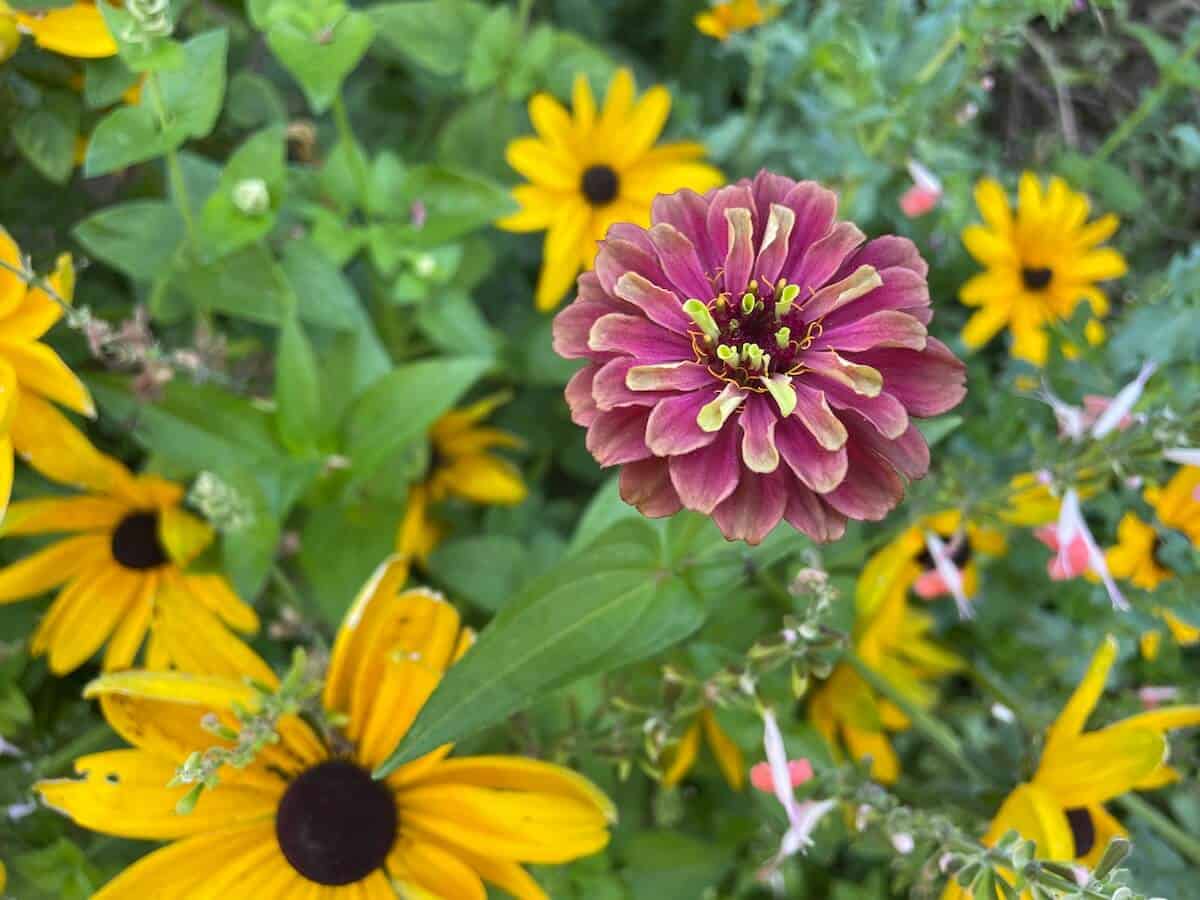
- Coreopsis: Coreopsis is another great companion plant for black-eyed Susans. They have similar colors and bloom at the same time. Coreopsis is also drought-tolerant, which makes it a good choice for gardens in hot, dry climates.

- Sunflowers: Sunflowers are a tall, stately plant that can add height and interest to a garden. They also attract pollinators like bees and butterflies. Sunflowers and black-eyed Susans have similar growing conditions, but sunflowers need more sun.

- Echinacea: Echinacea is a native American plant that is known for its medicinal properties. It is also a beautiful addition to any garden. Echinacea and black-eyed Susans have similar growing conditions and bloom at the same time.
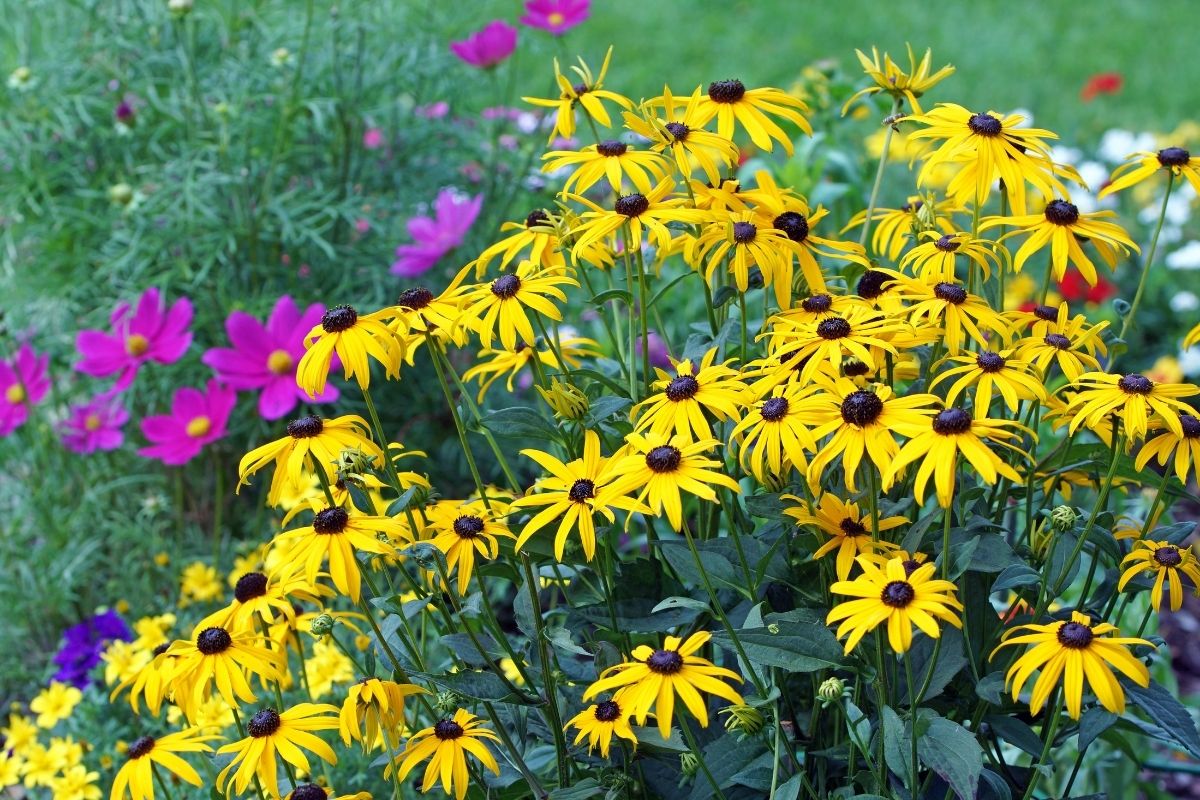
- Coneflower: Coneflowers are another native American plant that is known for its beauty and medicinal properties. They are also a good choice for pollinator gardens. Coneflowers and black-eyed Susans have similar growing conditions and bloom at the same time.
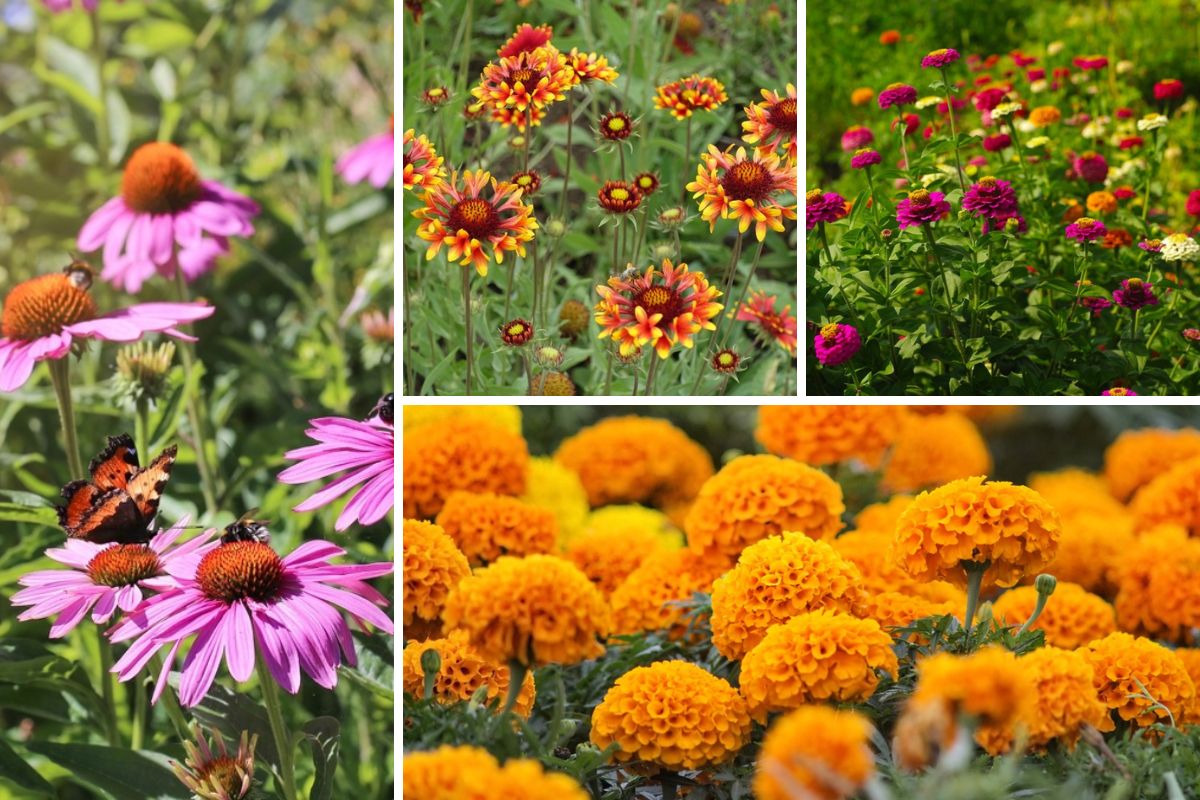
- Bee balm: Bee balm is a beautiful, fragrant plant that attracts pollinators like bees and butterflies. It is also a good choice for attracting hummingbirds. Bee balm and black-eyed Susans have similar growing conditions and bloom at the same time.

- Yarrow: Yarrow is a hardy plant that can tolerate a variety of conditions. It is also a good choice for attracting pollinators like bees and butterflies. Yarrow and black-eyed Susans have similar growing conditions and bloom at the same time.

- Aster: Asters are a late-blooming plant that can add color to a garden in the fall. They attract pollinators like bees and butterflies. Asters and black-eyed Susans have similar growing conditions, but asters need more sun.

- Lavender: Lavender is a beautiful, fragrant plant that can add a touch of elegance to any garden. It is also a good choice for attracting pollinators like bees and butterflies. Lavender and black-eyed Susans have similar growing conditions, but lavender needs more sun and well-drained soil.
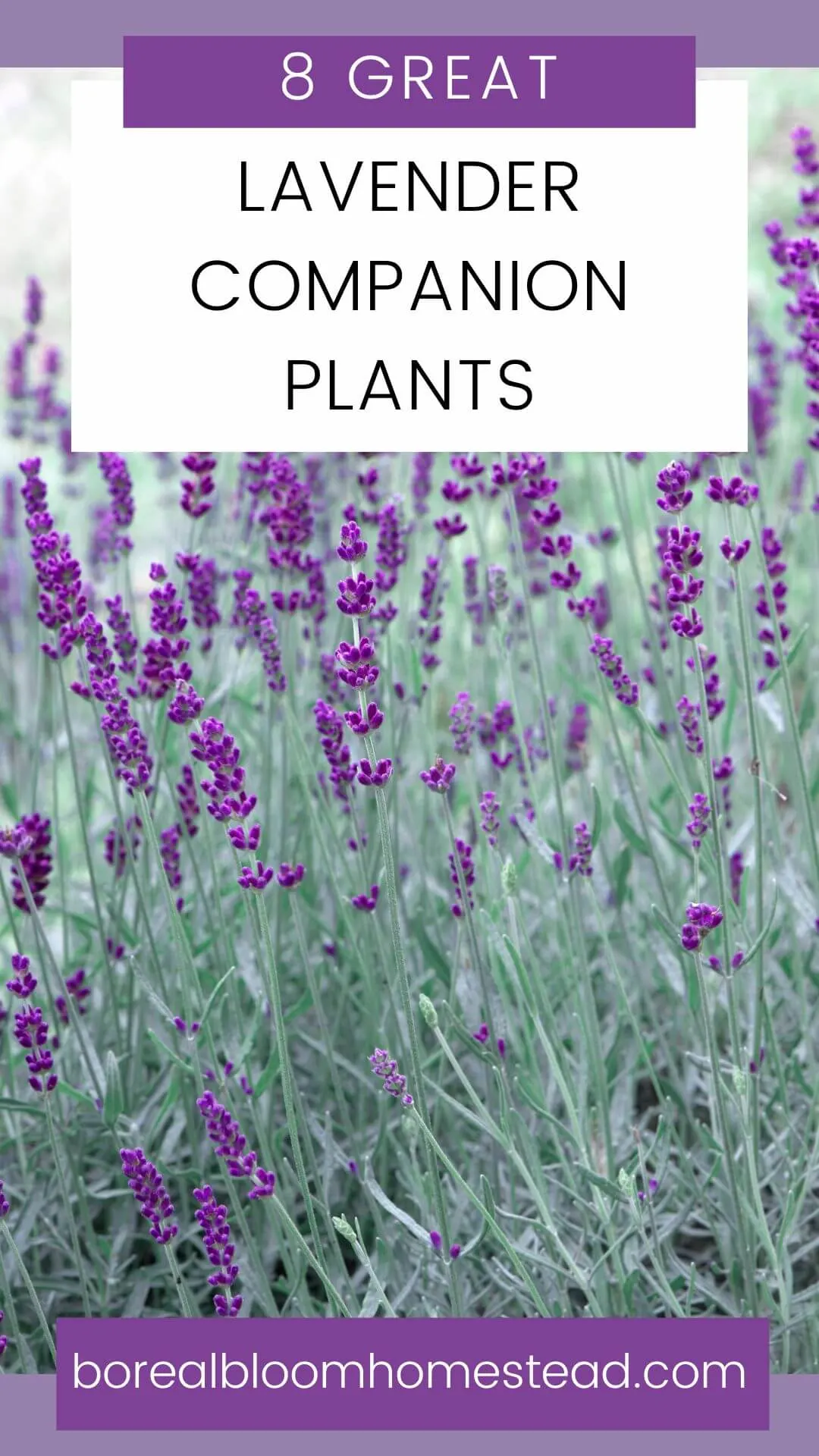
- Russian sage: Russian sage is a tall, airy plant that can add height and interest to a garden. It is also a good choice for attracting pollinators like bees and butterflies. Russian sage and black-eyed Susans have similar growing conditions, but Russian sage needs more sun and well-drained soil.

Post a Comment for " Best Blackeyed Susan Companion Plants"